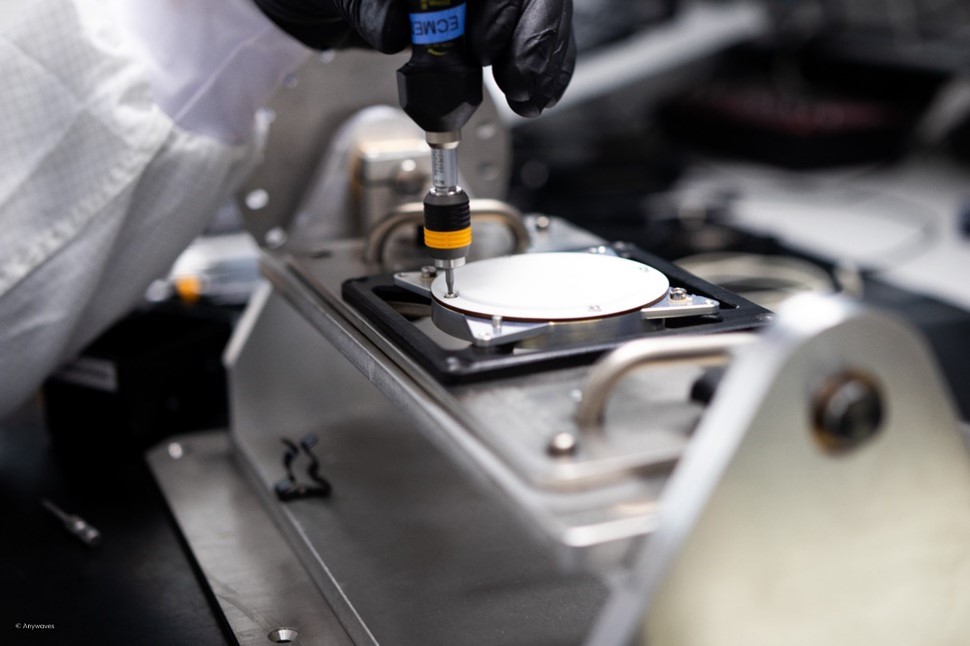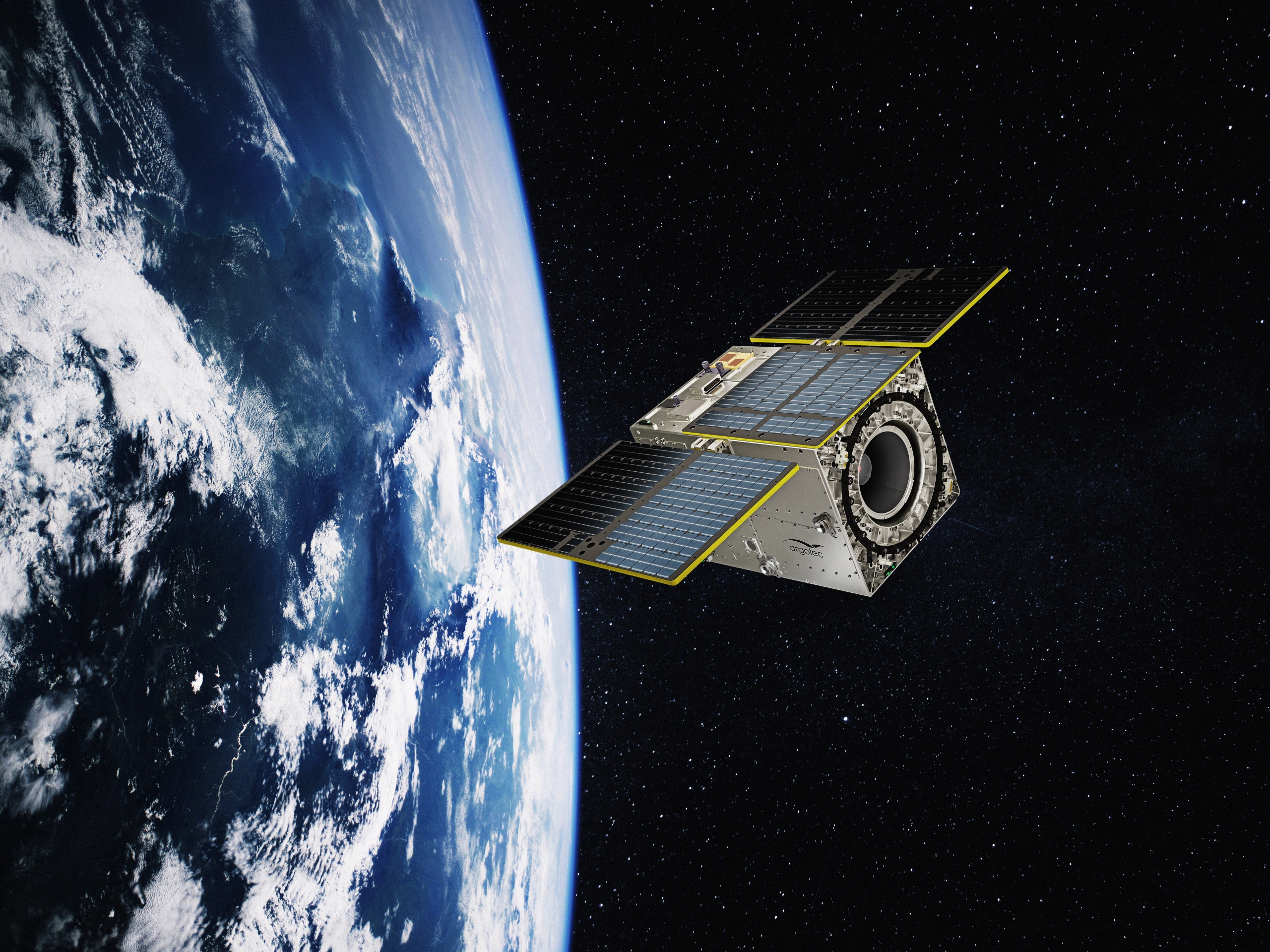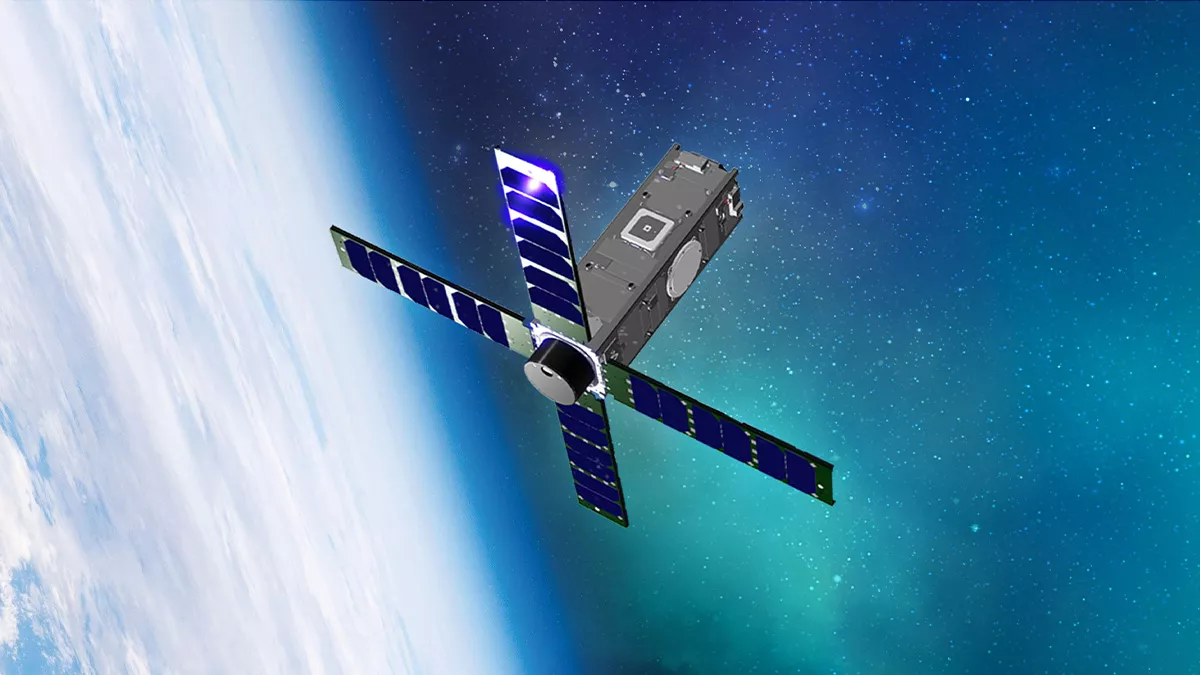What is an Antenna Radome and why is it so important?
In the extreme environment of space, we know that antennas are crucial for transmitting and receiving data for satellite operations. However, these components face numerous threats, including micrometeoroids, thermal fluctuations, and electrostatic discharge (ESD). To ensure long-term functionality and reliability, a protective cover known as a radome (radar dome) is often employed.
This article delves into the importance of radomes, with particular attention to ESD-safe coatings and antistatic properties that play a pivotal role in maintaining antenna performance and safeguarding missions.
What is a Radome?
A radome is a structural, weatherproof enclosure that protects an antenna while minimally affecting its electromagnetic signal. In space applications, radomes shield antennas from:
- Debris and Micrometeoroids: Small particles traveling at high velocities can damage exposed antennas.
- Thermal Environment: Spacecraft experience extreme temperature shifts from sunlight exposure to shadow.
- Electrostatic Discharge (ESD): Charged particles from solar radiation can accumulate on satellite surfaces, leading to potentially catastrophic discharges.
Consider a Low Earth Orbit (LEO) satellite used for Earth observation. Operating at altitudes where charged particles are prevalent, the antenna faces constant exposure to ESD risks. By incorporating a radome with ESD-safe coatings, the satellite achieves:
- Enhanced Lifespan: Reduced risk of ESD-induced failures.
- Consistent Performance: Reliable data transmission, even in charged particle environments.
- Operational Safety: Protection against unexpected system downtimes.
By providing this protective layer, radomes ensure antenna integrity and signal quality throughout a satellite’s operational life. Additionally, the radome plays a thermal role by reducing the absorptivity of the system, minimizing heat absorption, and increasing emissivity, thereby dissipating heat more efficiently. This ensures the PCB is not exposed to the external environment, maintaining stable temperatures and maximizing performance.
The Importance of ESD Protection in Space Applications
Understanding Electrostatic Discharge (ESD) in Space
In the vacuum of space, the lack of atmospheric dissipation causes charge buildup on exposed surfaces. ESD can occur when:
- Surface Charges Accumulate: Particles from solar wind or the Earth’s magnetosphere accumulate on a satellite’s surface.
- Discharge Threshold is Reached: As charge accumulation increases the potential difference between two points, it can eventually create a discharge.
For RF antennas, even a minor ESD event can:
- Disrupt communication signals, affecting the reliability of data transmission.
- Damage sensitive components, leading to irreversible failures and jeopardizing mission success.
Role of ESD-Safe Coatings and Antistatic Properties
Radomes with ESD-safe coatings and antistatic properties help mitigate these risks by:
- Dispersing Surface Charges: Conductive or semi-conductive coatings ensure that charges do not accumulate to dangerous levels.
- Enhancing Durability: ESD-safe coatings extend the radome’s life by reducing the likelihood of discharge-related damage.
- Maintaining Signal Integrity: Reducing ESD events prevents signal disruption, ensuring continuous communication.
How ESD-Safe Radomes Improve Antenna Performance
Signal Clarity and Reliability
Radomes with antistatic protection are specifically designed to minimize interference with RF signals. They provide a consistent dielectric environment, preventing signal degradation caused by charge-induced anomalies. This is particularly crucial for applications such as:
- Earth Observation Satellites: Where high-resolution data transmission is essential.
- Navigation Systems: Where precision and continuous operation are non-negotiable.
- Telecommunication Satellites: Where any signal interruption can result in costly downtimes.
Mechanical and Thermal Protection Without Compromise
The radome must provide mechanical protection while being transparent to the desired frequencies. Advanced materials, such as polymers and composites with ESD-safe coatings, offer the dual benefit of:
- Robustness: Withstanding impacts from micrometeoroids and space debris.
- RF Transparency: Ensuring that the radome does not introduce signal loss or phase distortion.
- Thermal Efficiency: Reducing the absorptivity of the system to minimize heat absorption while increasing emissivity to dissipate heat more effectively. This thermal regulation ensures that the PCB is not exposed to extreme temperature fluctuations, promoting stable performance and extended component life.
Materials and Coatings for Space-Grade Radomes
Selecting the right materials for radomes is critical. Common materials include:
- Space-Grade Polymers: Known for their durability and RF transparency.
- Composite Materials: Offering a balance of strength and lightweight properties.
When combined with antistatic coatings such as indium tin oxide (ITO) or other conductive polymers, these materials provide:
- Charge Dissipation: Preventing harmful charge buildup.
- Environmental Resistance: Withstanding radiation, UV exposure, and thermal cycling.
Considerations for Engineers and Space Professionals
When designing or selecting radomes for space antennas, consider:
- Frequency Compatibility: Ensure the radome material is transparent to the operating frequency band (e.g., S-band, X-band, Ka-band).
- Mechanical Properties: The radome must withstand launch stresses and space debris impacts.
- Thermal Expansion: Account for material behavior under extreme thermal cycles.
- ESD-Safe Coating Efficiency: Validate the coating’s ability to dissipate charges efficiently in simulated space environments.
Conclusion
In the high-stakes environment of space, radomes are essential for protecting antennas against mechanical damage, thermal extremes, and electrostatic discharge. The integration of ESD-safe coatings and antistatic properties enhances this protection by mitigating the risks associated with charge buildup, ensuring that communication remains uninterrupted and mission objectives are achieved. For RF engineers, meca-thermal experts, and space mission planners, understanding and implementing radomes with ESD-safe properties can mean the difference between mission success and failure. Investing in this technology is a step towards more robust, reliable, and long-lasting satellite operations.
Contact
us
If you have any question, we would be happy to help you out.


